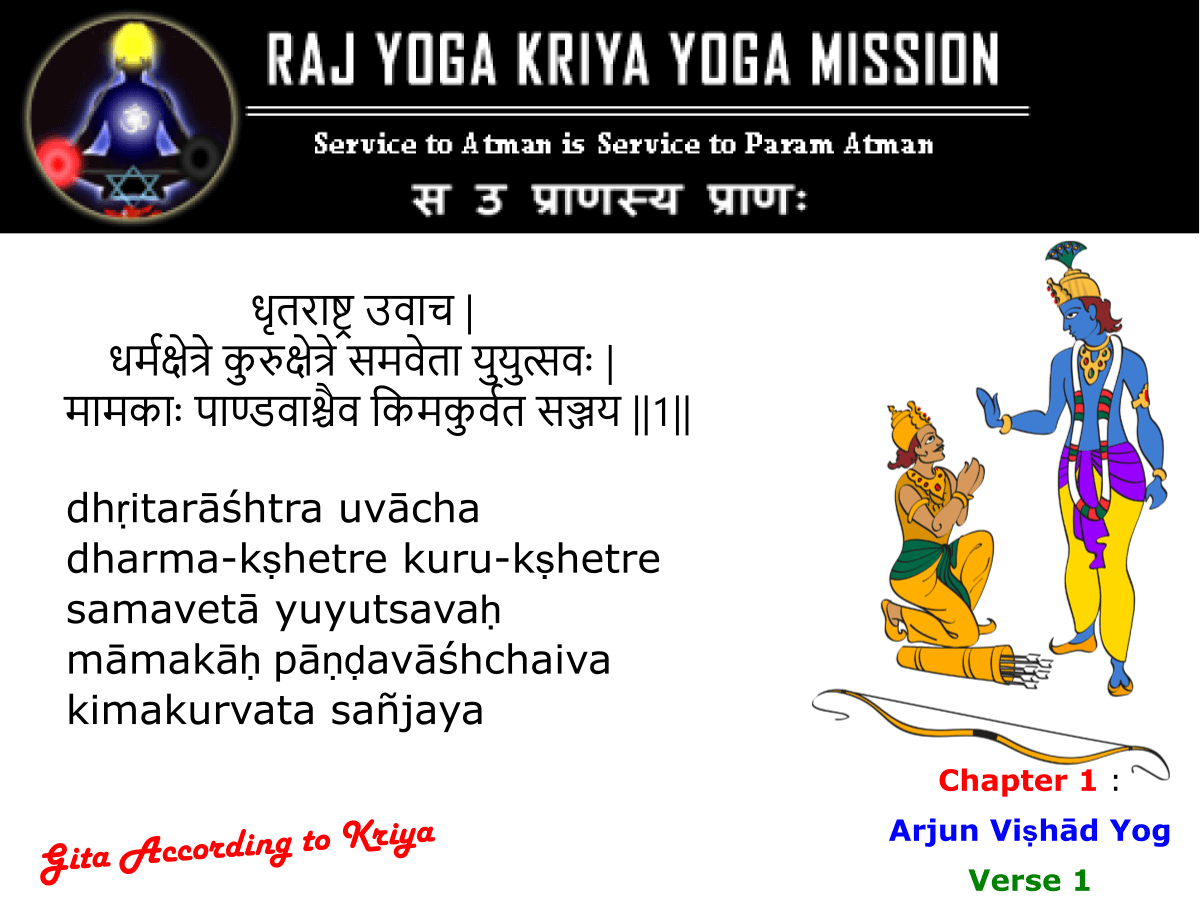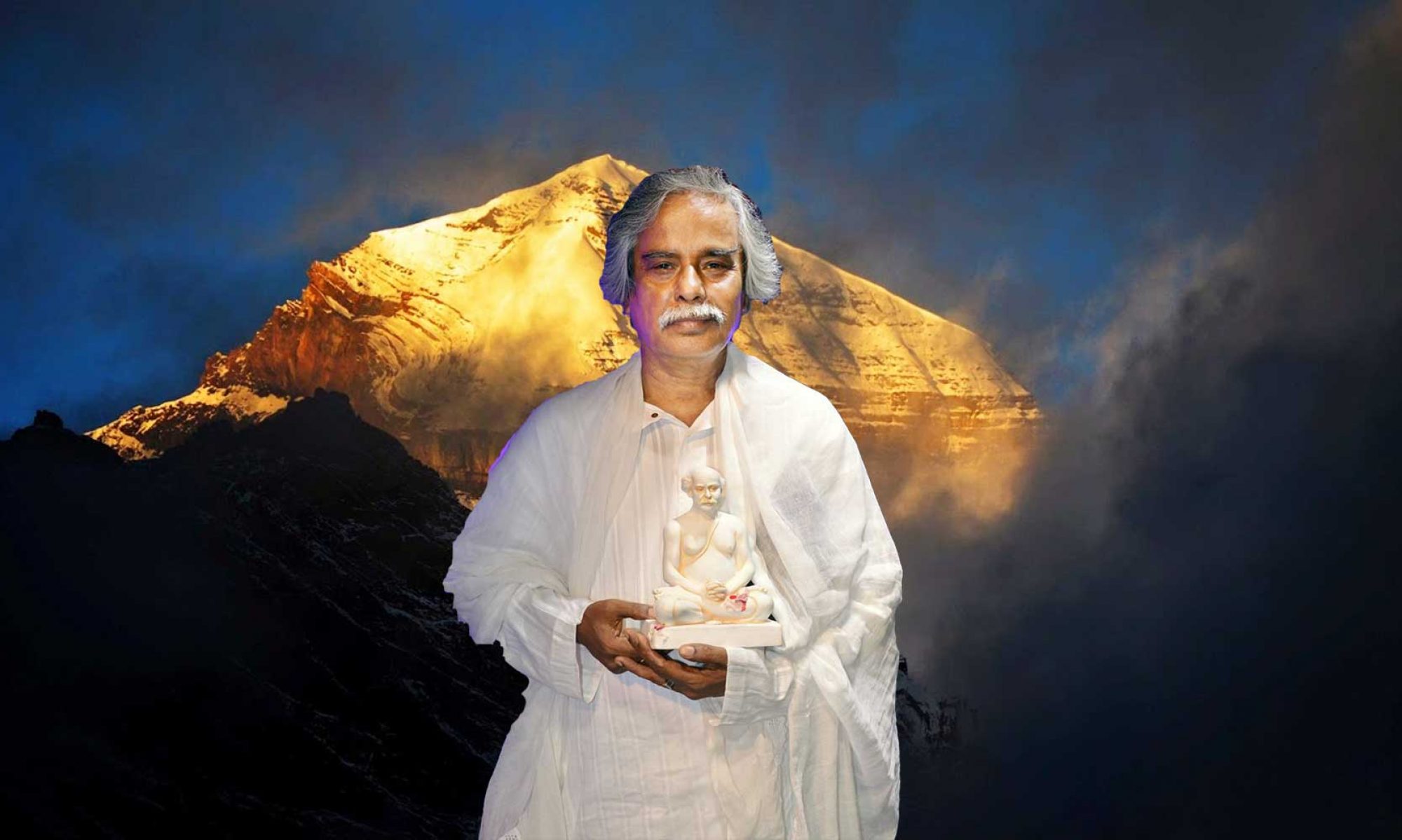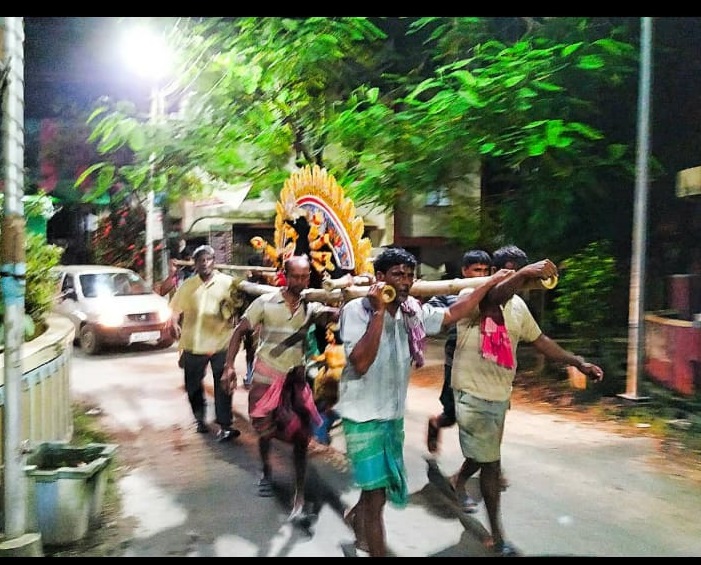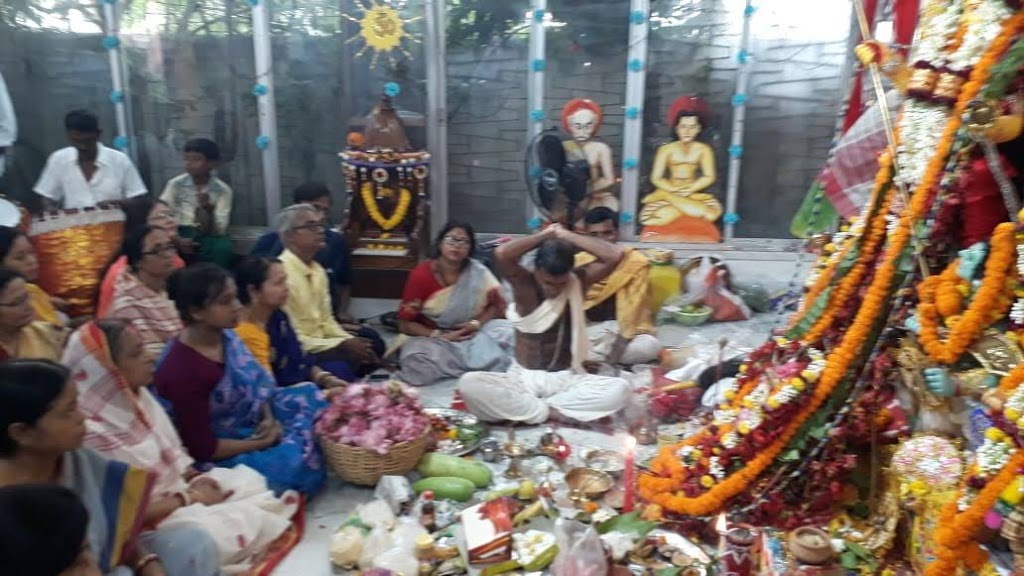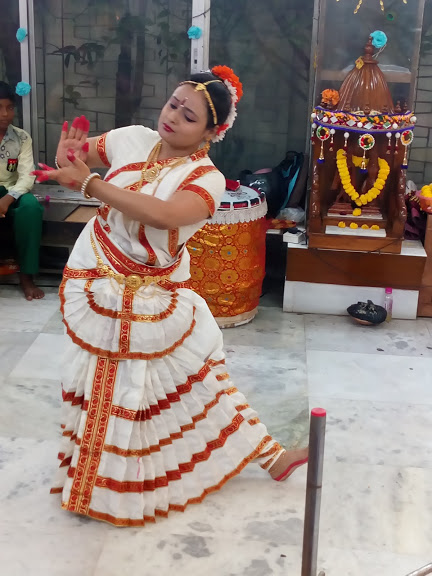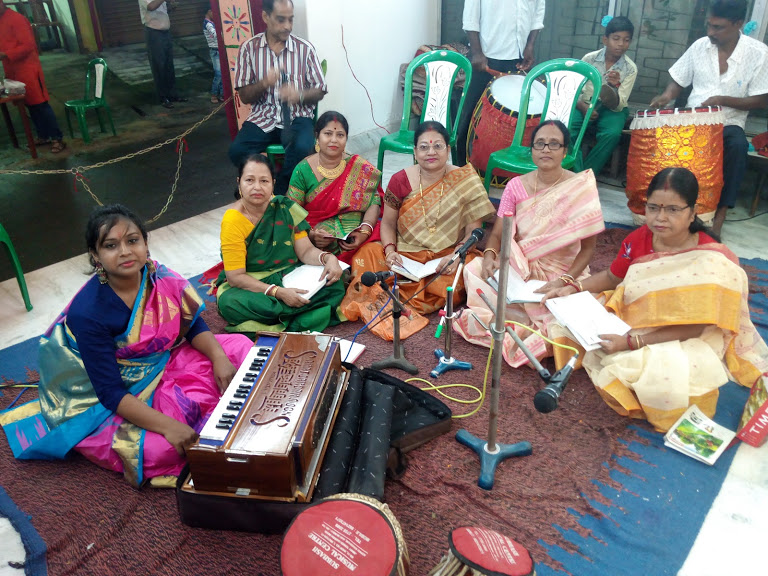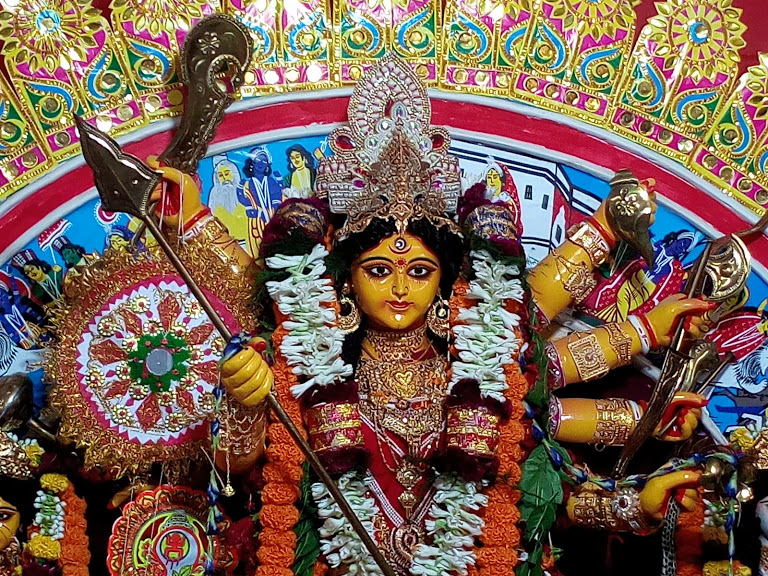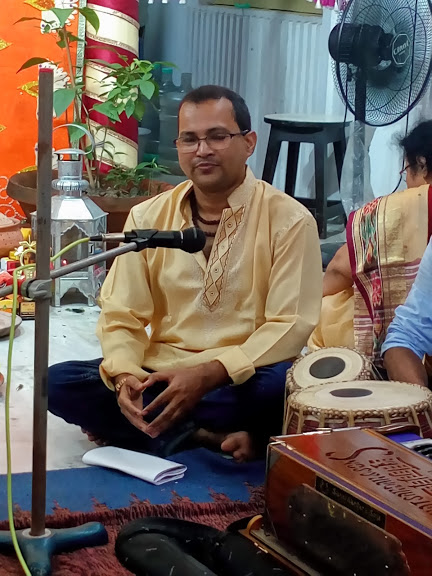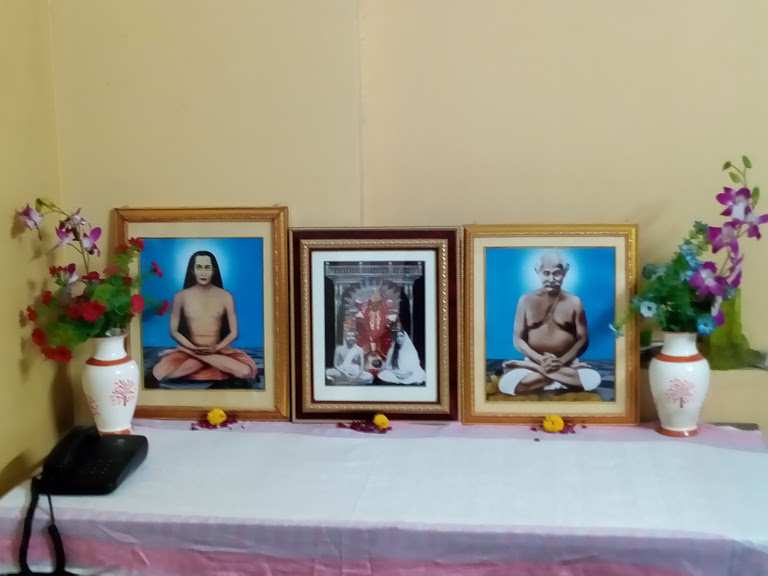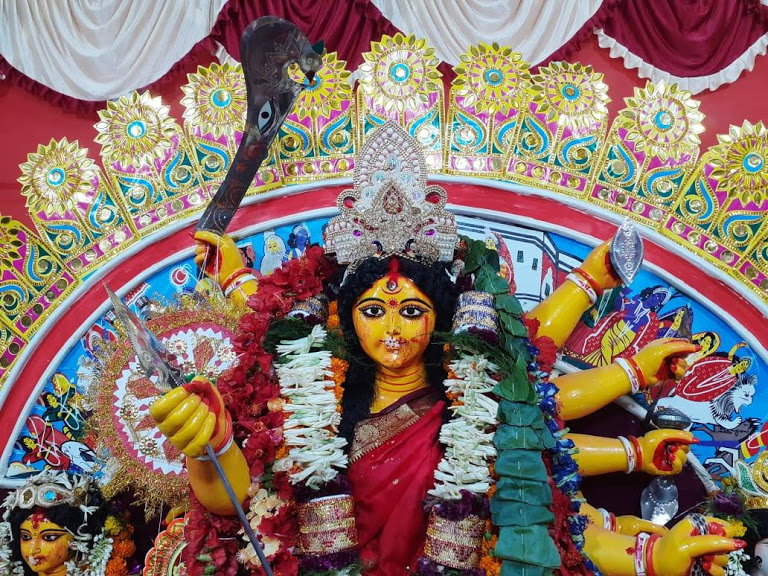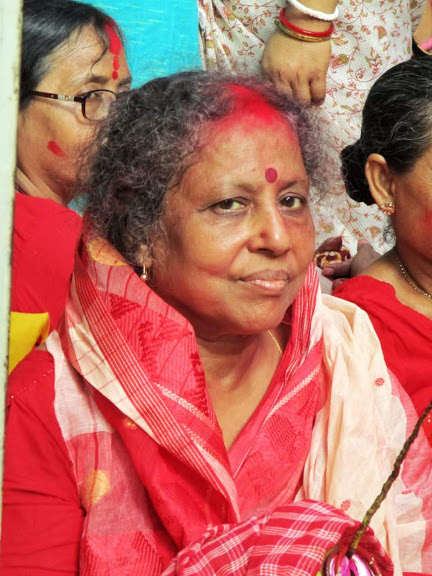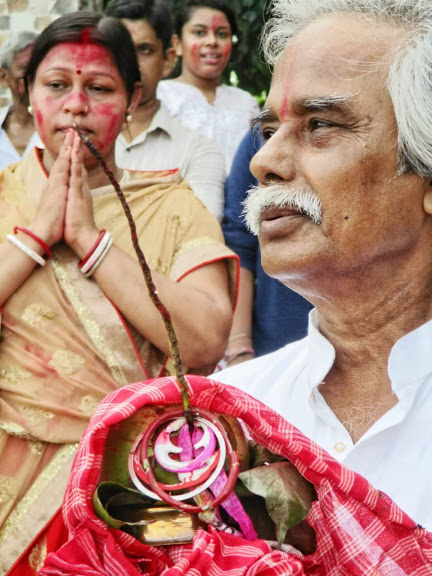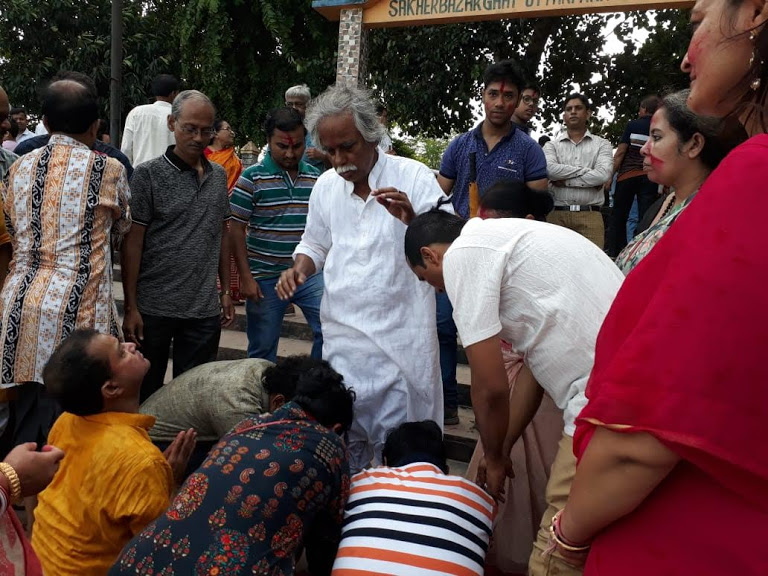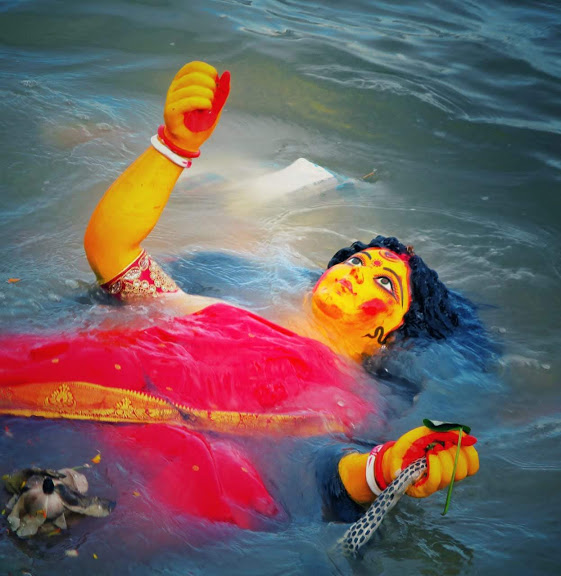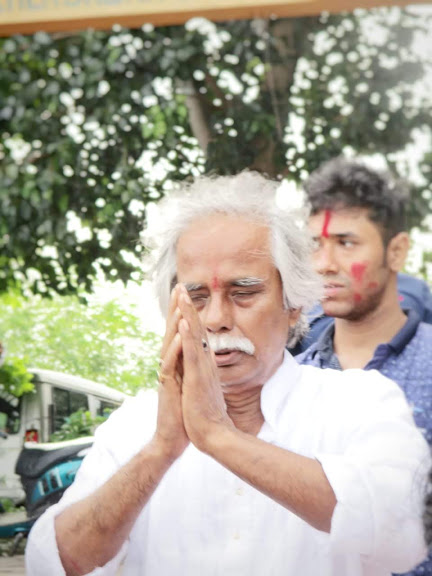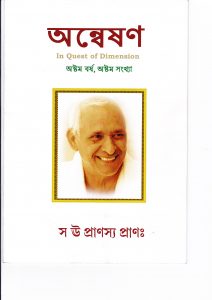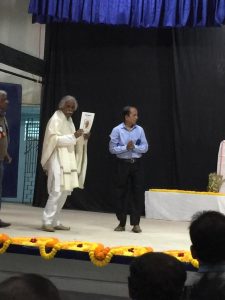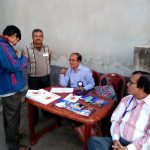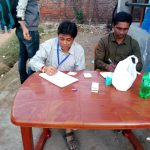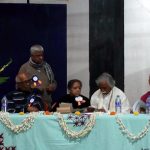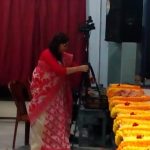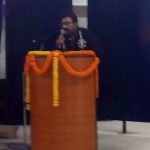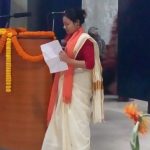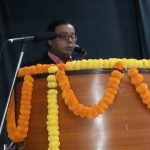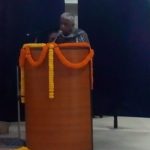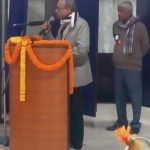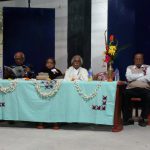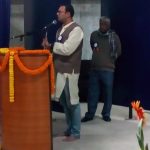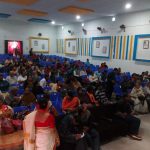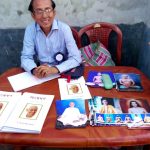Kabir in Light of Kriya – Doha 2
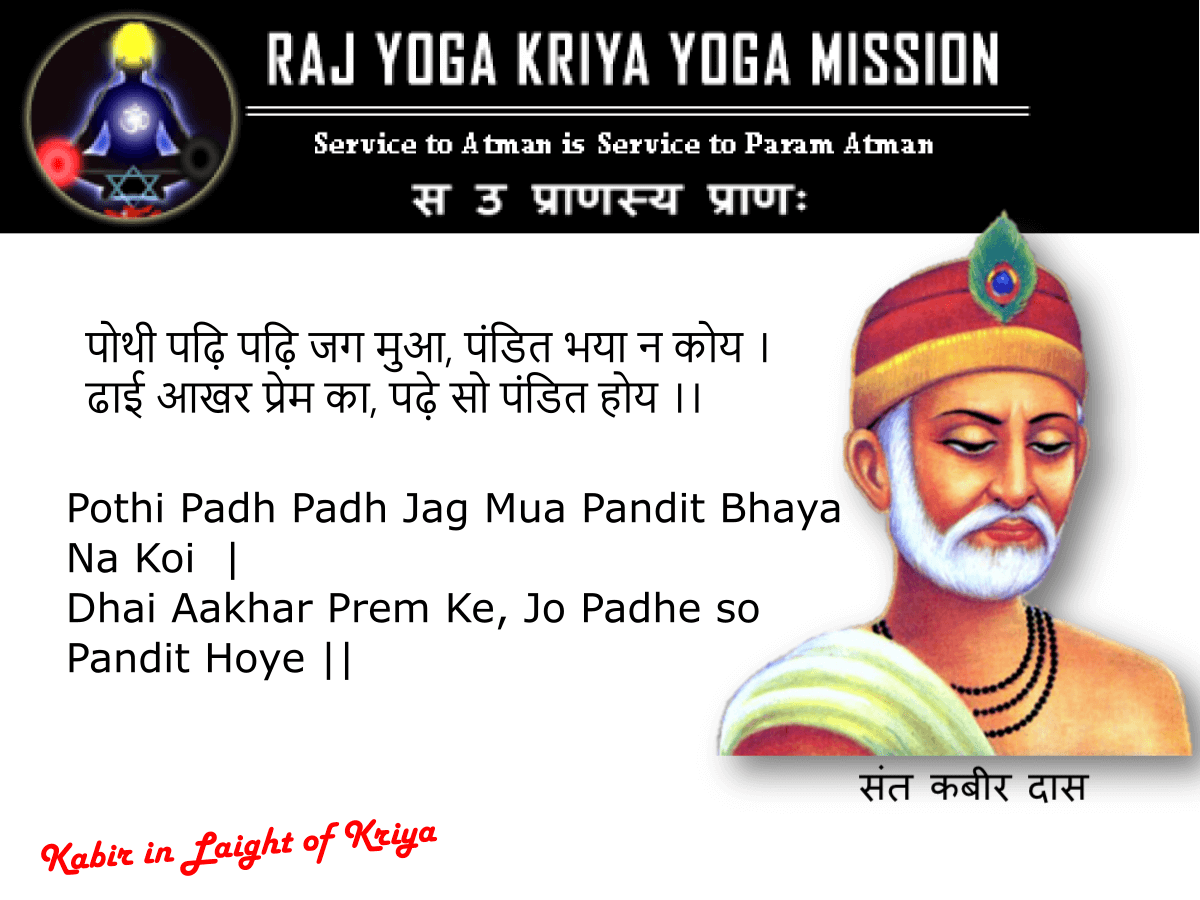
पोथी पढ़ पढ़ जग मुआ, पंडित भया न कोए |
ढाई अक्षर प्रेम का, पढ़े सो पंडित होए ||
Pothi padh padh jag muan pandit bhaya na koye |
Dhai akhar prem ka jo padhe so pandit hoye ||
अर्थ : बड़ी बड़ी पुस्तकें पढ़ कर संसार में कितने ही लोग मृत्यु के द्वार पहुँच गए, पर सभी विद्वान न हो सके. कबीर मानते हैं कि यदि कोई प्रेम या प्यार के केवल ढाई अक्षर ही अच्छी तरह पढ़ ले, अर्थात प्यार का वास्तविक रूप पहचान ले तो वही सच्चा ज्ञानी होगा.
Meaning: Countless people died from reading books/scriptures but none of them became intelligent. He who reads the word love becomes wise.
Explanation: When someone says that -“I have knowledge of x or y”, he means that he has an understanding of something, which is now stored in his memory, and he can recall it instantly. Memory is collectively known as knowledge. So, all knowledge is the memory, and the very word memory means- it is a thing of the past. The present has no memory.
‘Truth’ cannot be something in the past. It is the ‘eternal present,’ and therefore, cannot be stored in the memory, which is a thing of the past, the dead past. ‘Truth,’ on the other hand is in the present, the now, eternally flowing, pulsating with life, and therefore, cannot be touched by knowledge.
The mind, the Keno Upanishad describes, ‘cannot comprehend it.’ It is only when the mind is empty of all the garbage which we carry around in our brains, and when it is quiet and still as it is no longer becoming anything or struggling to acquire, that there is space for the Truth, the ever-present, to manifest.
The doors and the windowpanes, thick with the dark tint of pride and second-hand knowledge, have to be left open for the sweet, divine breeze to enter (Explanation from Shri Maheshwarnath Babaji, adapted from Book “Apprenticed to a Himalayan Master” by Sri M.)
– Amol Bhavsar
Sant Kabirdas in this Doha draws a relationship between books (pothi) and pundit (scholar) by making a sarcasm that no one could ever become a scholar by reading books alone since reading/understanding of a two and a half lettered word Prem (Love) alone can make someone a scholar. By stressing on knowing/ understanding love Kabirdas signifies that love as generally understood by common man is no love at all since it is dependent on causes and therefore conditioned and not free and in absence of freedom there can be no possibility of love since knowing love is the awakening of supreme intelligence that makes one absolutely free and compassionate to one and all as violence in express or latent form ceases to find any more place in his life.
Only a person blossoming with love can be termed knowledgeable or scholar since such knowledge helps him in knowing himself as Satchidananda thereby becoming compassionate to everyone around since knowledge of a scholar not in the interest of mankind or living beings is no knowledge at all but at the most heaps of information gathering dust.
Further, all knowledge acquired through books or otherwise are manmade and therefore second hand and non-existential and a person having no knowledge of his existence or the mystery of evolution cannot, therefore, be considered pundit or scholar. In fact, what he thinks as knowledge is but information accumulated in time, stored up as memory and put to use only on demand and therefore purely old and of the past. In fact, it would be wrong to term such gathering of information as knowledge as it is second hand, borrowed and not new for the new/ unknown cannot be known by the application of known but only in a state of absolute stillness when duality ceases.
– Saket Srivastava
Kabir in Light of Kriya – Doha 1
Priya Atman,
As desired by our revered Gurudev Shlokas (verses) from religious scriptures or Dohas (couplets) of Kabir or sayings of illumined masters will be posted on the website. Thereafter, discussions and elucidation of such posts (quotes) may be done by the desirous members in the light of kriya from their own understanding. If found appropriate by Gurudev the said explanations may, later on, be compiled in the form of a book for the larger benefit of mankind. As such, all are requested to explore this opportunity without exception and can contribute in the form of comments.
– Saket Srivastava
DOHA 1
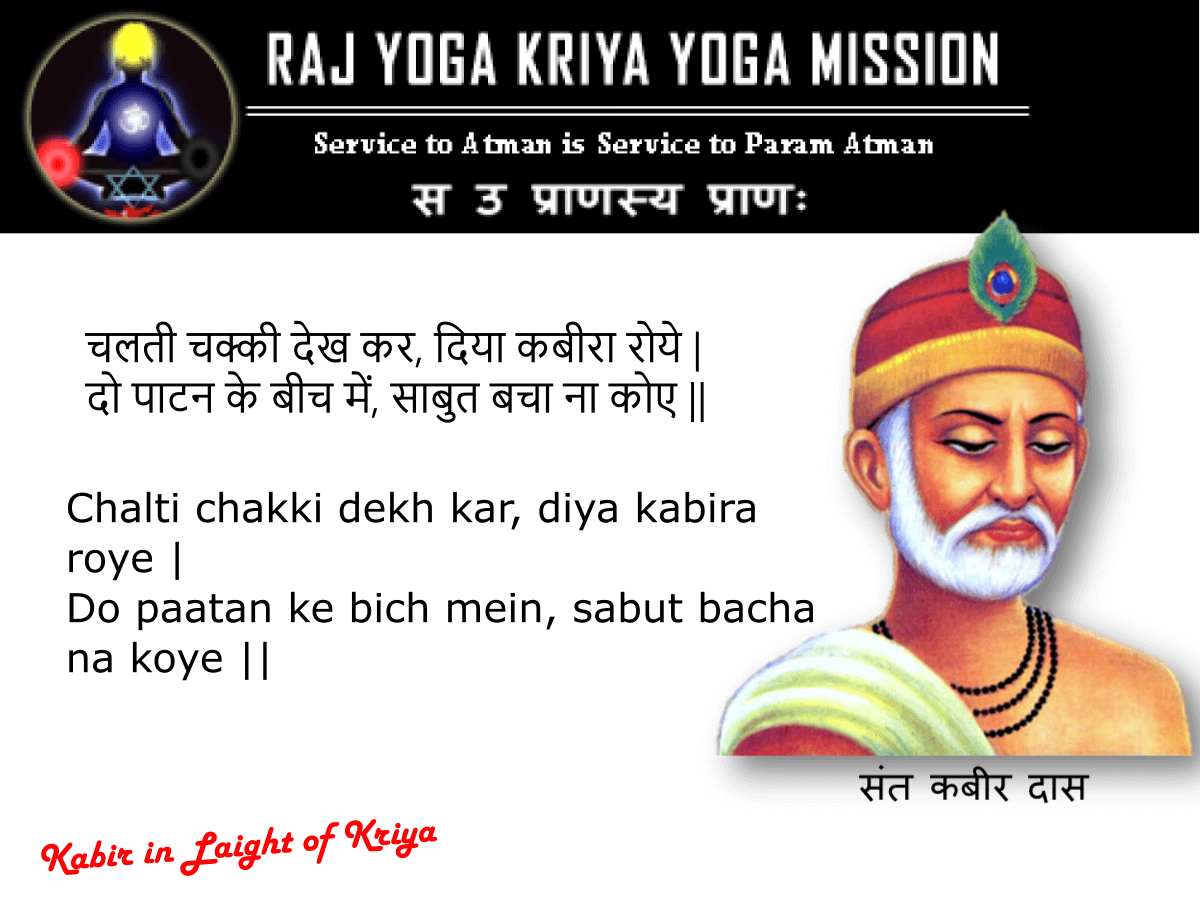
Chalti chakki dekh kar, diya kabira roye
Do paatan ke bich mein, sabut bacha na koye
चलती चक्की देख कर, दिया कबीरा रोये |
दो पाटन के बीच में, साबुत बचा ना कोए ||
Meaning: Looking at the grinding stones, Kabir laments In the duel of wheels, nothing stays intact
Explanation by Ashram Members:
Dui Patan here signifies earth (Prithvi) and sky (Akash) and within the ambit of these is all creation and life as also the manifestation of all-natural phenomenon of dualities: day and night, life and death, joys and sorrows, thereby making life forever in motion (Chalti Chakki) and an ever-changing process. Trapped in this duality, whatever we see is perishable. Nothing that we comprehend is eternal.
The Ida and Pingala represent the basic duality in existence. It is based on this that life is created. Without these two dualities, life wouldn’t exist as it does right now. In the beginning, everything is primordial, and there is no duality. But once creation happens, there is duality.
There will always be suffering if energies flow through Ida and Pingala Nadi.
With Kriya Yoga, we bring a balance between the Ida and Pingala and energies enter into Sushumna, where life really begins
– Amol Bhavsar
Through the example of a chakki in motion that grinds anything caught in between its two patans (stones) Kabirdas signifies that as long as the ‘me’ is caught in dualities like ‘what it is’ and ‘what it should be’ it is bound to suffer as this very conflict keeps it grinding.
This conflict is sourced in the constant comparison that gross mind is engaged by oscillating between past and future but never remaining in this moment or ‘here and now’. Only when a mind is absolutely still can this ‘me’ remain in the ‘here and now’ or this moment and therefore not immune to sufferings caused by dualities. However, this stillness of mind comes with the cessation of breath due to the pran/pranic energy flowing through susumna instead of Ida and pingla. Else man is bound to suffer being caught in dualities since he hardly knows being alone- a state where there is no conflict.
– Saket Srivastava
.
Glimpses of 83rd Birth Celebration of Shri Maheshwari Prasad Dubey
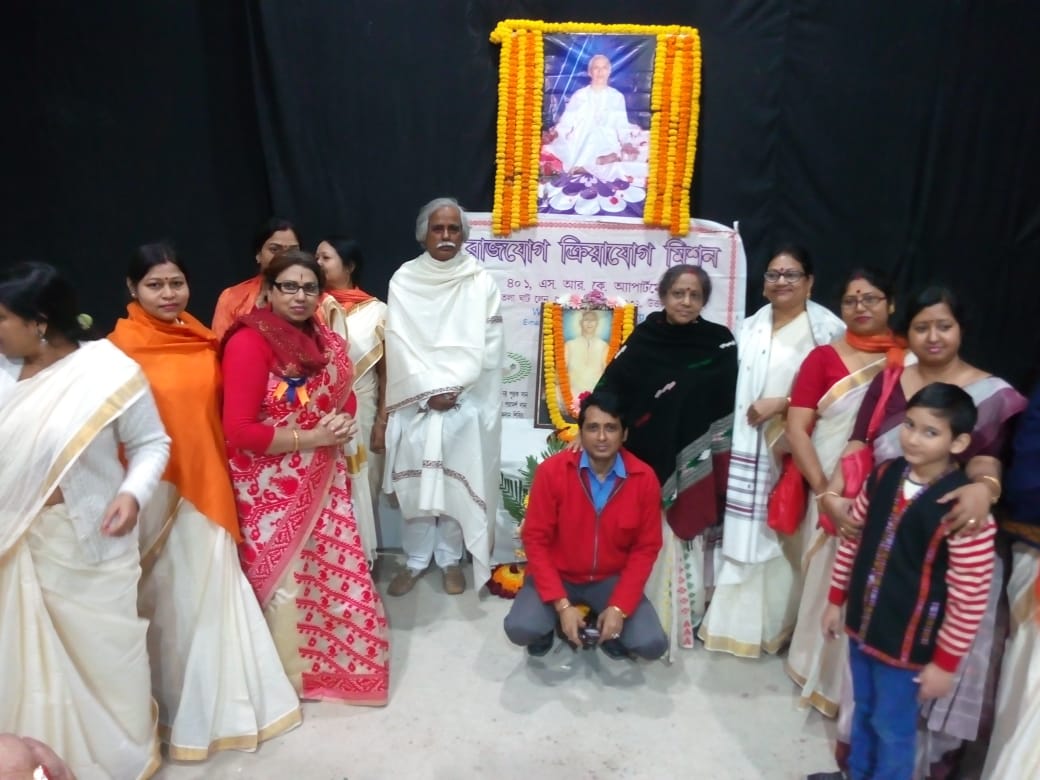
On 6th January 2019, Raj Yoga Kriya Yoga Mission celebrated the 83rd birth Anniversary of Param Guru Shri Maheshwari Prasad Dubey Ji. According to the Gregorian calendar, the actual birthdate is 4th January, though mission celebrates this day on Sunday which falls near to actual date so that all devotees can come and receive the grace of Param Guru.
The celebration cum seminar had the following programmes:
- Lamp Lighting
- Flower offering to thy lotus feet of Dubey Ji
- Vishnu Sahasranama (recited by Ashram female devotees)
- Remembering Dubey Baba(reminiscences shared by the direct disciples)
- Talks and experiences (by Ashram Devotees)
- Question answer session on Kriya with Sangha Guru Dr. Sudhin Ray
- Closing ceremony and refreshment distribution.
The event started with lighting a lamp before the image of Param Guru Dubey Ji. Our Gurudev lead the ceremony along with guests. After this all ashram devotees offered flowers on Dubey Baba’s image.
The next program was the recitation of the Vishnu Sahasranama from the Anushasana Parva of the Mahabharata. This musical presentation of 1,000 names of Lord Vishnu was curated by Dr. Oindri Ray, along with the other female devotees of the mission. With the Vedic chant, the entire auditorium reverberated, and the surrounding was infused by the energy. Dr. Ray also explained how Vishnu Sahasranama could help you achieve calmness and help you to concentrate during Kriya.
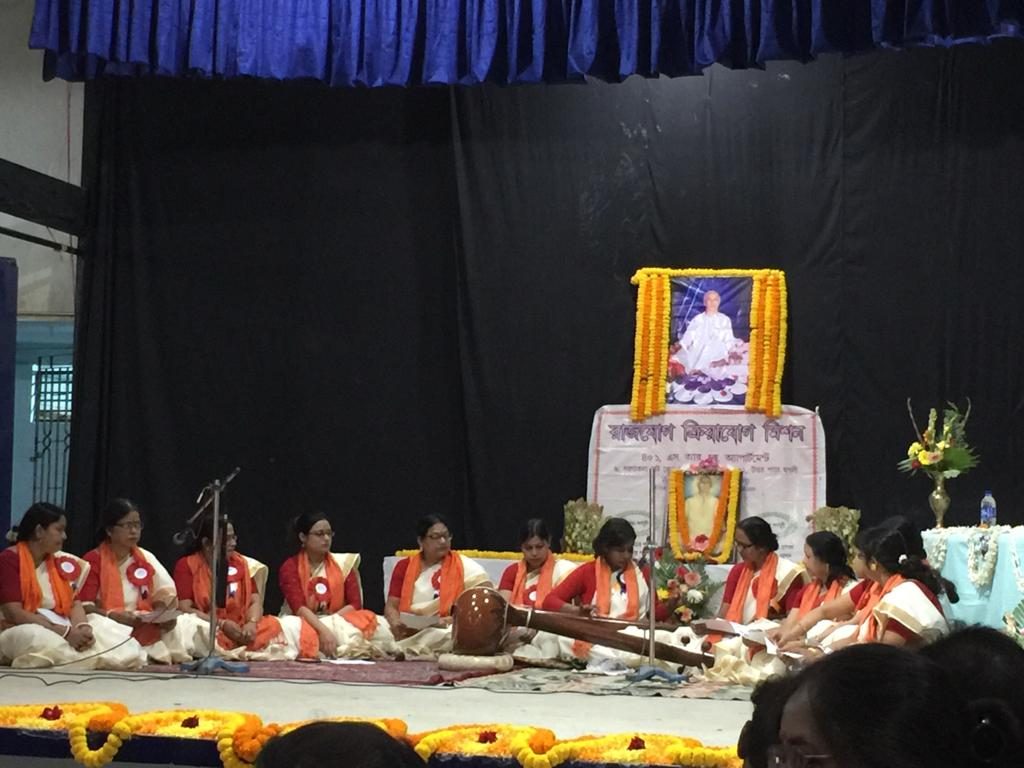
Then came the most awaited juncture of the event – the experiences of the direct disciples of Param Guru.
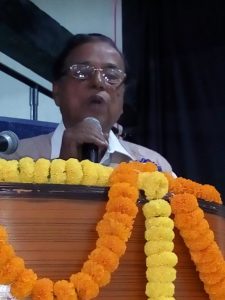
Our first speaker was Dr. H.N. Bhaduri. Dr. Bhaduri is a cancer specialist and one of the foremost disciples of Dubey Ji, who got initiated in Kriya during 1980’s. Dr. Bhaduri remembered Dubey Ji in these words – “ Gurudev always used to say, “Don’t waste a day without doing Kriya. Do your Kriya faithfully everyday and you will achieve everything which is meant for you”. I did as he said and am still following his commands. I had an ailing father and mother at home to whom I needed to nurse every night. Being a doctor and son, it was my duty to serve them, but my Guru’s command was also important. So, after finishing my duties at night, I sat for Kriya Meditation around 3 A.M., I’m following this timing till today. I had seen many people complaining to Gurudev regarding their inability of doing Kriya, due to lack of isolation at home. Dubeji said “ Do you have space in bathroom? Sit at any corner there, and do your Kriya. Do not give me excuses. “
Dr. Bhaduri further said – “Dubeyji told me, I have chosen Sudhin to carry out my work when I will be gone. I will not give you this responsibility because your profession needs more sincerity towards your patients. Sudhin is a man of unlimited capacity. He can take care of the Kriya Initiation responsibility, and bring thousands of seekers to Kriya.”
The entire auditorium reverberated with an applause, when Dr. Bhaduri finished his speech.Indeed his words were gems, and we were so fortunate to listen to him in person.
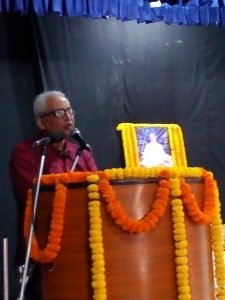
Our next speaker was Manas Chudhury. He got Kriya Initiation from Dubey Ji during mid-nineties. Manas Ji said, ”When I was initiated, I was not hundred percent convinced about the benefits of Kriya. You can say I was more of an atheist at that time. But when I sincerely started my practice, a new world opened to me. Experiences during Kriya cleared all my doubts, and I am grateful today that Dubey Ji chose me as one of his disciples.”.
After Manas Ji, disciples of Sangha Guru Dr. Sudhin Ray’s disciples, shared their experiences.
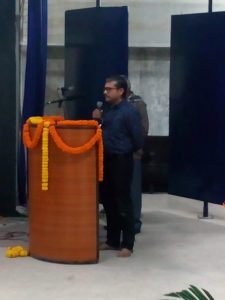
Dr.Prosenjit’s experience was quite unique and it is worth sharing. Dr. X said, “ I was associated with Kriya from some time, but somewhere during 2009, I suffered from severe headache and an uneasy experience beyond control. The situation was so severe that if I ever saw any religious symbol, for example, the Ohm symbol written somewhere on a wall, the pain occurred suddenly. Due to this situation, I stopped doing Kriya. By God’s grace I got the reference of Guruji, Dr. Sudhin Ray. When I met him, I explained that I was initiated in Kriya from another lineage, and ever since I’m practising Kriya, I am suffering from unbearable headache. Guruji took pity on me and initiated me to Kriya during the Guru Poornima of 2018. I later learned that I was not doing steps like NabhiKriya etc. Therefore, as a result of the faulty method of practice, I was suffering. But after my initiation, I can tell you today that my pain is almost gone, and I am able to do my Kriyas regularly. It is my humble suggestion, do not try to do Kriya on your own, and do not choose your Guru haphazardly. Wrong Kriya practice can harm your body and mind without your knowledge. I am blessed to find Guruji.”
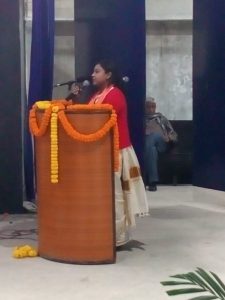
Dr. Oindri Ray shared an experience which is no less than a revelation. She is the first disciple of our Gurudev. Dr. Ray narrated that, Dubey Baba commanded Gurudev to carry on the initiation of Kriya Yoga. In Dr. Oindri Ray’s words – “Being the first disciple, I witnessed the whole process. Dubey Baba was holding Gurudev from behind, and Gurudev was touching my Kutastha. I saw both Gurudev and Dubey Baba vibrating at a high frequency. That scene cannot be described in words. Dubey baba asked me to close my eyes, and I got my initiation on that day.”
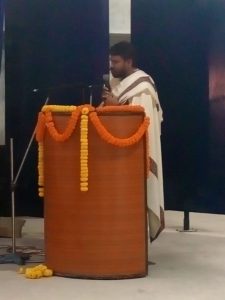
Kinkar Chaudhuri explained the process of scientific side of Kriya. He explained that our body has vagus nerve, which extends from the brain-stem down to our stomach and intestines, stretching to our heart and lungs, and connecting our throat and facial muscles. Kriya yoga practices stimulate these areas of the body and can have a profound influence on the tone of the vagus nerve. In order to ensure an efficient communication between the neurons and a faster propagation of nerve impulses, some neurons are endowed with an insulating sheath called ‘myelin’. The molecular process of the synthesis of the myelin sheath is called ‘myelination’. The main purpose of the myelin sheath is to increase the speed at which the electrical impulses propagate along the myelinated neuron to the next neighbouring neuron. Myelination helps prevent the electric current from randomly leaving the axon, thereby, permitting an agile communication for long-distance signalling, and to sustain such signals.” Kinkar further said, “When we perform Pranayam, a life force through the scientific breathing technique travels upwards and downwards. It stimulates our chakras, and the friction occuring during pranayama helps myelination.
After them, Mr Bikas Kumar, Mr. Piyush, Mr. Srivastav, Mr. Avijoy Mitra, Mr. Vivek and other people shared their experiences.
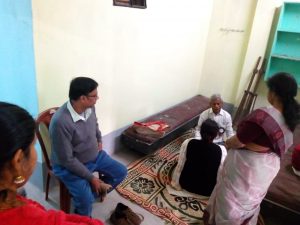
Meanwhile our dear Mission member and senior Kriyaban Gopal Da was taking session on Kriya practice at the back stage. Gurudev instructed Gopla Da to clear the doubts of newly initiated Kriyabans and show them the correct techniques.
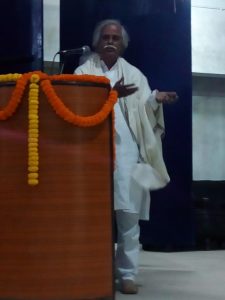
Then came the most important session when Gurudev held the microphone for the question answer session. Our beloved Gurubon, Lopa Mudra Saha, was assisting Gurudev with the questions. The most common question was how to do Kriya in busy life. Gurudev said, “When you are initiated in Kriya it means you have taken up the challenge, and promised to move ahead against all odds of life. It is no less than a battle. If you surrender to your senses, then the war is over. Always remember that this very question was raised by Arjuna in Kurukshetra. When Arjuna had his problem, we are but a common human being, and we also have to face the same question. As Arjuna followed Krishna and became victorious, we must also do Kriya everyday to win our daily battles.”
During this event 8th issue of Ashram Magazine “Anveshan” was also launched by Gurudev.
With Gurudev’s encouraging words, the event was concluded. The devotees took blessings of Gurudev and Guruma, and enjoyed the evening with savoury refreshments.
Few moments from event:
Bhagavad Gita: Chapter 1(Arjun Viṣhād Yog ) Verse 1
